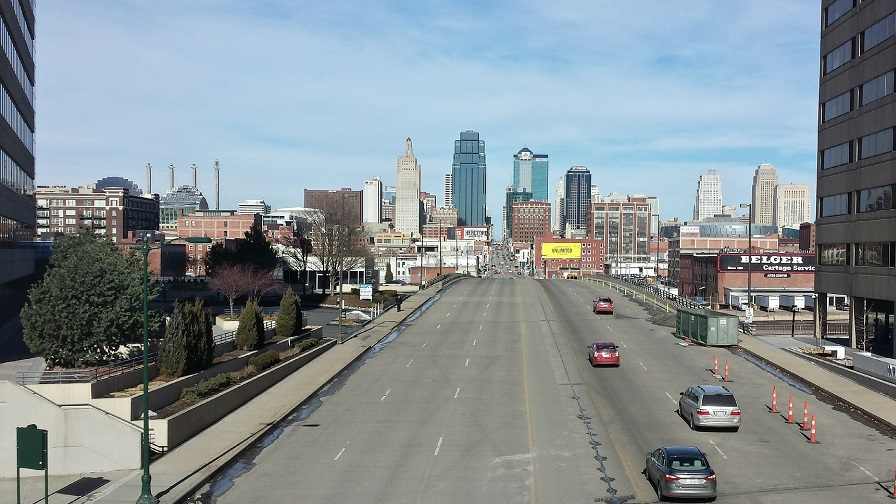Mold in Kansas City properties is a common headache for owners throughout the metro. The issue of mold, especially in indoor environments is a major challenge. In Kansas City, especially due to the health risks that they pose. Mold, which comes from the fungi kingdom, can present in different forms, for instance, the toxic and the non-toxic molds. With ingestion or inhalation, both forms of molds can pose some health risks. Such as allergies, rashes, asthma, persistent headache, and fatigue.
Why Do Property Owners Have Ongoing Problems with Mold in Kansas City?
One significant question anyone would ask is why do property owners have problems with mold in Kansas City homes? First of all, molds can grow anywhere that has moisture and its food or organic matter. Darkness also supports the growth of molds. As long as there is food and moisture mold will continue growing unmoved. Factors such as light, temperature and amount of moisture determine the speed of mold growth. Leakages and poor ventilation are common household hitches that lead to an increase in household moisture. Thereby encouraging the growth of mold.
1. Humidity
Humidity is a major cause of why the grows of mold in Kansas City is such a common problem. The city has a rather warm temperature with high moisture content in the environment encouraging the growth of mold. Buildings in such an area that is naturally humid would experience the growth of mold. Kansas City experiences high humidity levels. Humidity levels should stay below 55%. Here in Kansas City, sometimes humidity exceeds 70% hence encouraging aggressive growth of mold. With the temperate environment of Kansas City high levels of humidity supplement growth of mold.
Mold growth can occur due to the behavior of the tenant or homeowner. For instance through creating high humidity in the house or failing to maintain necessary cleanliness. Some people in the city could be using clothes dryers indoors hence increasing humidity levels and the growth of mold. Poor ventilation in the city also supports mold growth. When buildings have improperly ventilated any form of moisture becomes a big problem.
2. Plumbing Leaks
Plumbing leakages could be another problem contributing to the growth of mold in Kansas City. Unresolved leaks provide a convenient moisture environment for mold to grow. Leaks are a challenge. Because they are located in hidden locations. A strong musty odor will portray the presence of mold.
It is vital to note that moisture is the main element for mold growth. Mold starts to form within 24 to 48 hours after the intrusion of water. Therefore, it’s crucial to fix any water damage issues quickly
